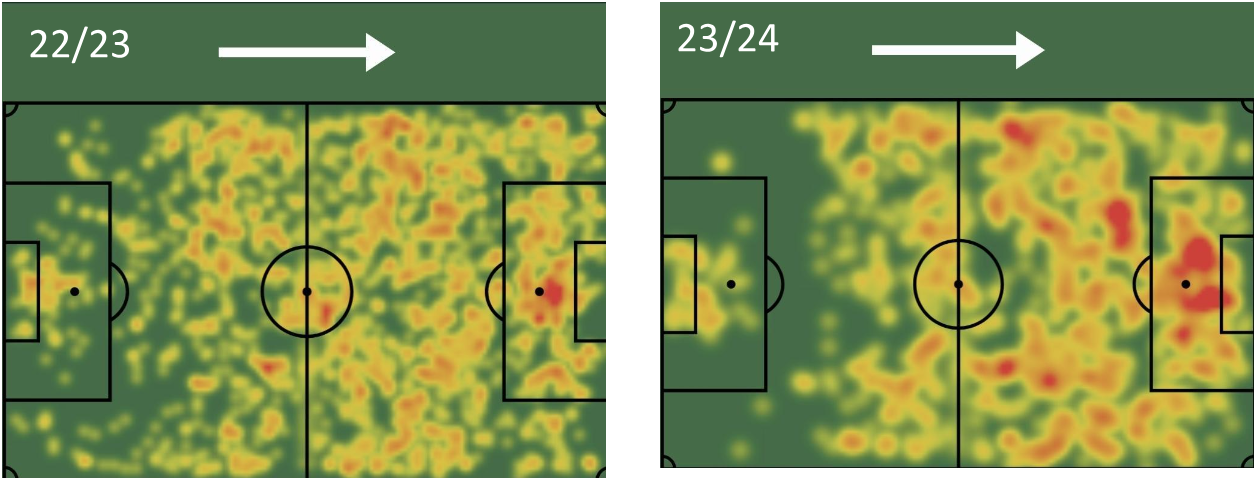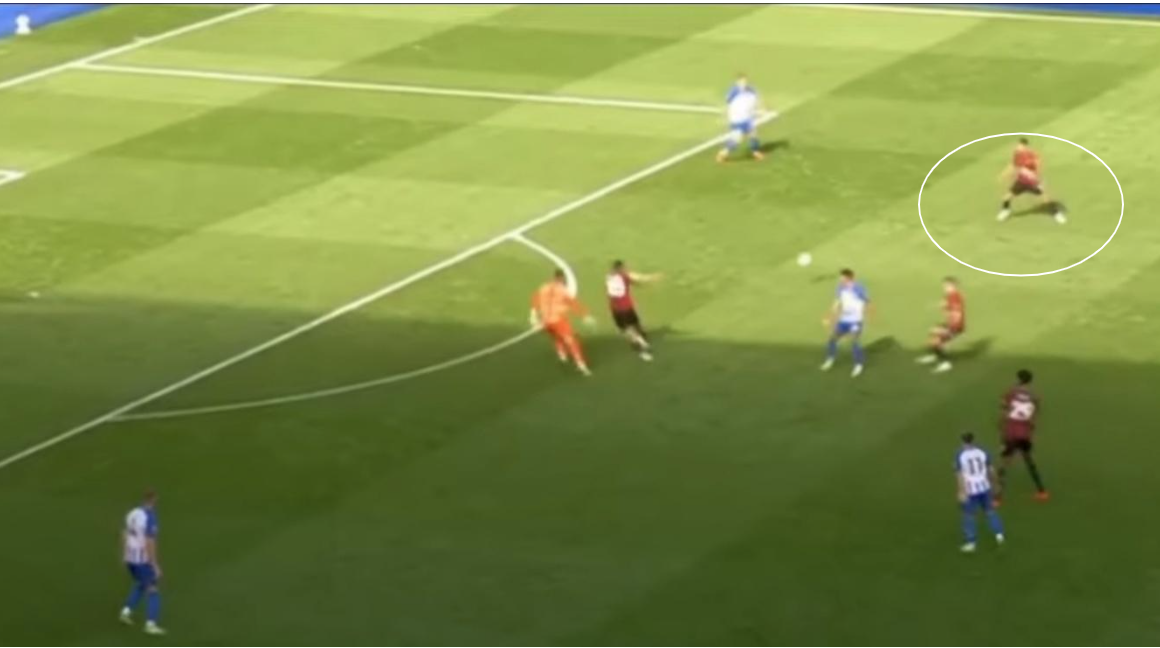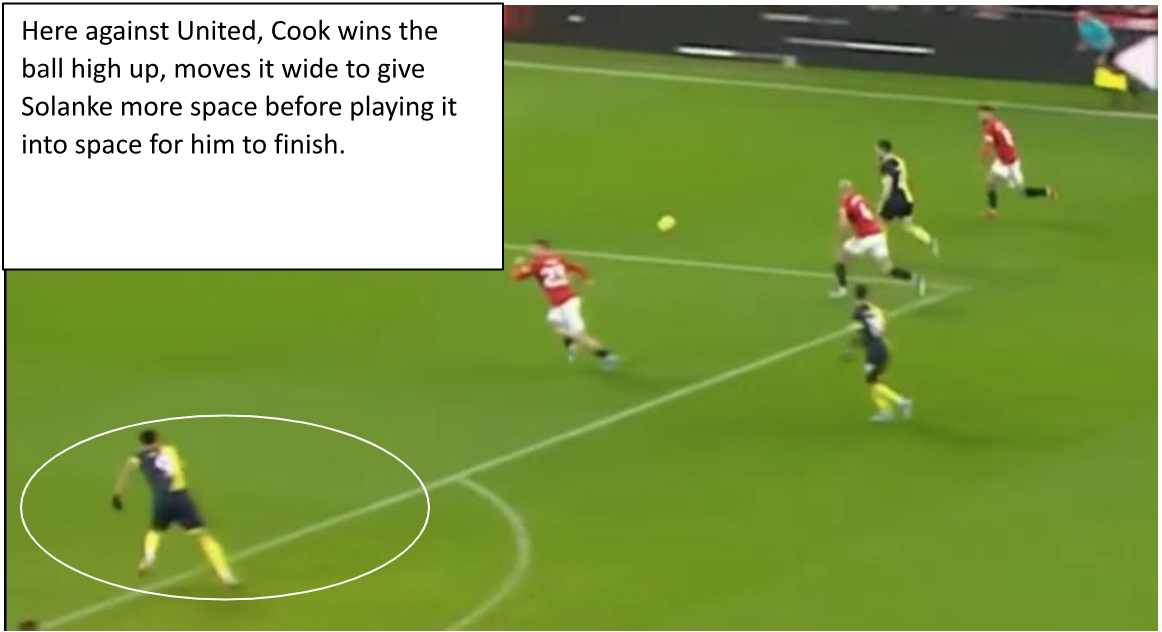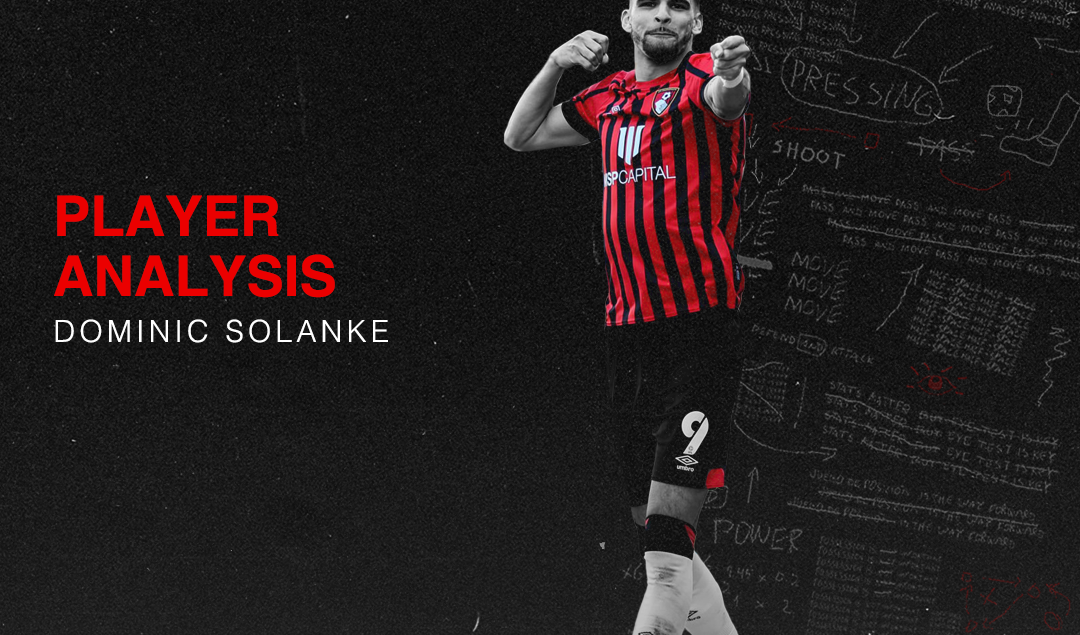Dominic Solanke: The Cherries’ Cherry on Top in Attack
“My conscience tells me that if, for example, [Lewis] Baker, [Izzy] Brown, and [Dominic] Solanke are not national team players in a few years, I should blame myself. They are part of a process the club started without me. “At this moment, we have players who will be Chelsea players. And when they become Chelsea players, they will become England players, almost for sure,” – Chelsea manager Jose Mourinho, July 2014.
From those three players, Brown retired from football last April after undergoing two Achilles surgeries in the span of four months, whilst Baker has emerged as a regular in midfield since joining EFL Championship side Stoke City in January 2022. Only one of them, however, has played for the England national team, with Solanke making his first and only appearance for the Three Lions on November 14, 2017, coming off the bench in a friendly against Brazil.
It has been one decade since Solanke won the 2014 U-17 Euros with England and seven years since he took home the Golden Ball after leading England to victory in the 2017 U-17 World Cup, ending a 51-year wait for an international title, but it seems that Solanke could very well be forcing himself into Gareth Southgate’s consideration as he looks to beat out the likes of Ollie Watkins, Eddie Nketiah, Ivan Toney and Callum Wilson and make the England squad for next summer’s Euros.
Despite entering halftime down 0-2, Bournemouth escaped Loftus Road with a 3-2 victory and progressed to the next round of the FA Cup. That’s now seven wins in nine for the Cherries.@free__flowing on Bournemouth’s recent turnaround under Andoni Iraola: https://t.co/dpGndk8NK9 pic.twitter.com/jOeta6SZoG
— Breaking The Lines (@BTLvid) January 6, 2024
There’s a strong argument to be made that Solanke is England’s second-best center forward right now behind Harry Kane, with the 26-year-old racking up 12 goals and 1 assist in 19 Premier League appearances — only Mohamed Salah (14) and Erling Haaland (14) have found the back of the net with greater regularity. However, it hasn’t always been smooth sailing for Solanke, with his sole first-team performance at Chelsea coming in a UEFA Champions League match vs. NK Maribor in October 2014.
Despite the initial promise, despite becoming the youngest player to play for Chelsea in Europe’s premier competition, opportunities were hard to come by, with Solanke spending the 2015/16 season out on loan before making the move to Liverpool in the summer of 2017. Unable to beat out Roberto Firmino for a starting spot, Solanke headed for the Vitality Stadium in January 2019 and joined up with Eddie Howe’s Bournemouth for a fee of £19 million.
Whilst he wasn’t able to prevent them from suffering relegation, the EFL Championship provided Solanke with a solid platform to play consistent minutes at the senior level. Solanke racked up 15 goals and 8 assists in his first full season with the Cherries, following that up with 29 and 7 assists as Bournemouth secured automatic promotion.
Bournemouth suffered a shaky start to the 2022/23 campaign as Scott Parker was axed after just a handful of matches, but they nevertheless beat the odds and survived the drop under Gary O’Neil with Solanke chipping in with six goals and finishing as their joint-top assister with seven. However, since the appointment of Andoni Iraola in the summer, Solanke has taken his performances up a level and emerged as one of the top scorers in England under the Spanish manager.
The ex-Rayo Vallecano coach typically focuses on constructing attacks out-wide, drawing pressure and exploiting spaces left in central areas, a style that is advantageous for players occupying central spaces, thus the importance of Solanke in the side. In comparison to last season, Solanke has been prioritizing central channels as reflected in the below heat map; he’s taking relatively the same volume of touches (34.1 this season, 35.4, last), but the key difference is where these touches are coming from. Statically, his 66 progressive ball receptions into the opposition box is the 3rd-highest in Europe’s Top 5 leagues, showing just how much Bournemouth’s tactics are enabling him to arrive in dangerous areas.

Photo: Sofascore
Solanke’s positioning as well as his proprioception has also been crucial in Bournemouth’s high press, wherein he’s able to serve as an outlet during high turnovers.


His intelligence off the ball provides Iraola’s high press with the perfect outlet, resulting in goalscoring opportunities. Standing at just over 6’2, his ability with his feet has been a more polished side of Solanke’s game, simply because of how technically adept he can be on the ball, but his aerial prowess and dominance have also seen a significant improvement. Whether through open or set play, his fortitude in the air is particularly important for games where they can’t play through their opponents.
Conclusively Solanke’s most improved part of his game has been in his confidence, the greatest source of goals for any striker, the continuation of the self-belief to score goals, will see a continuation of them ending up in the back of the net. It has proven vital for a Bournemouth side that has won seven of their last nine matches in all competitions, and it may just land him a surprise call-up in this summer’s European Championships.
By: @free__flowing
Featured Image: @GabFoligno / Robin Jones – AFC Bournemouth
